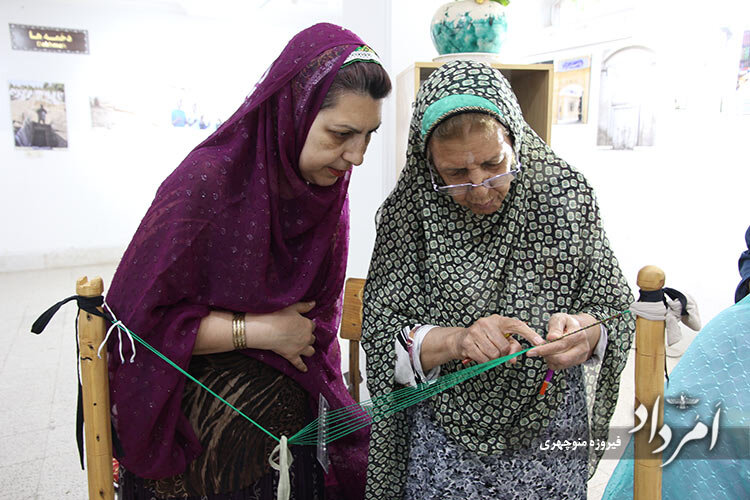Exhibit highlights Zoroastrian’s cultural contribution

TEHRAN – On May 10, an exhibition of handicrafts made by Zoroastrian artisans was held in the UNESCO-listed city of Yazd in the heart of Iran.
Held at the Fire Temple of Yazd, also known as Yazd Atash Behram, the event was initially intended to commemorate the memory of Farangis Yeganegi, the esteemed founder and director of the Iranian Handicrafts Organization.
It brought together artisans from Yazd, which holds a special place in the country's cultural scene, renowned for its rich Zoroastrian heritage and centuries-old traditions.
In addition, the event hosted live workshops during which craftspeople showed off skills inherited from previous generations.
In July 2017, the historical core of Yazd was named a UNESCO World Heritage site. Yazd is regularly referred to as a delightful place to stay, or a “don’t miss” destination by almost all of its visitors. The city is full of mudbrick houses that are equipped with innovative badgirs (wind catchers), atmospheric alleyways, and many Islamic and Iranian monuments that shape its eye-catching city landscape.
Cultural heritage experts believe that Yazd is a living testimony to the intelligent use of limited available resources in the desert for survival. Water is brought to the city by the qanat system. Each district of the city is built on a qanat and has a communal center. Furthermore, the use of earth in buildings includes walls and roofs through the construction of vaults and domes. Houses are built with courtyards below ground level, serving underground areas. Wind-catchers, courtyards, and thick earthen walls create a pleasant microclimate.
The historical core of Yazd is chockfull of mudbrick houses, bazaars, public bathhouses, water cisterns, mosques, synagogues, Zoroastrian temples, and centuries-old gardens. From the divine point of view, the city enjoys the peaceful coexistence of three religions: Islam, Judaism, and Zoroastrianism.
AM
Leave a Comment